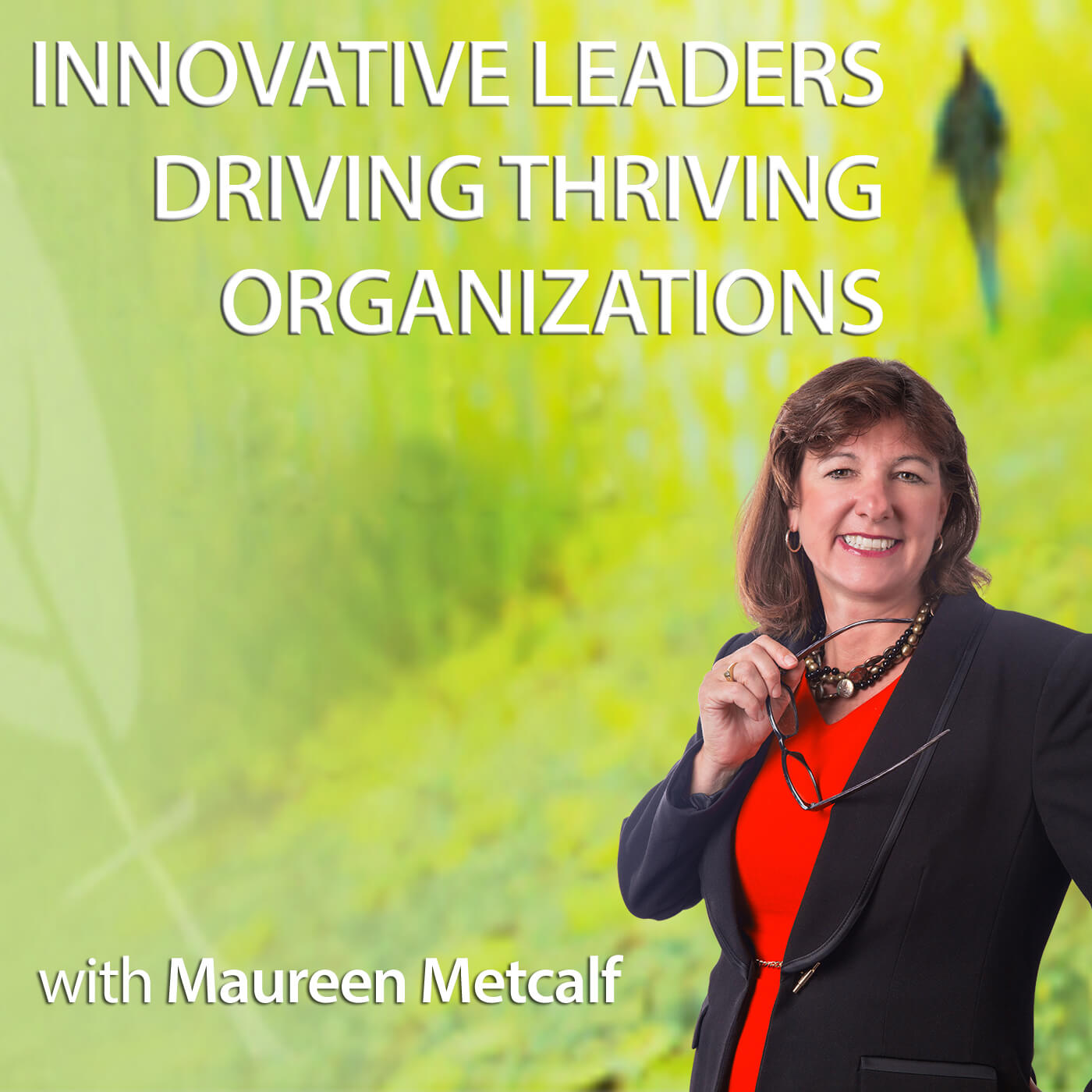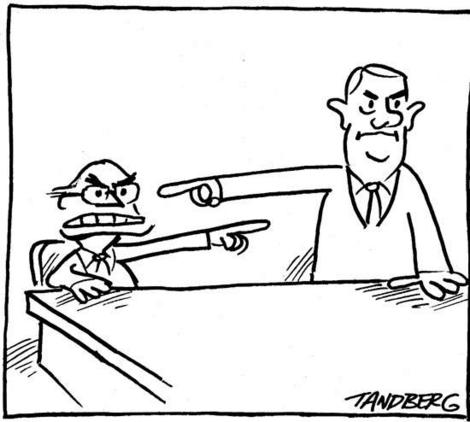
This blog is a companion to the interview with Guru Vasudeva on VoiceAmerica “Innovative Leaders Driving Thriving Organizations” on April 18, 2017, Nationwide’s Journey to Create a Culture of Innovation and Continuous learning.
Carla’s company had just decided that being agile would create a strategic advantage for them as a company shifting from manufacturing technology to a company that wanted to compete in the data and analytics space. One of the key challenges they needed to address was to shift from a culture of manufacturing for the telecom industry toward a high-tech culture of agility. The first task was to define the cultural principles and agreements about behavior. This blog offers some of the key principles they used to inform their transformation.
To successfully implement an agile or innovative business model, the organizational culture and behavioral agreements need to support agility. This culture model is a product of a combination of Agile software development principles combined with other innovative culture models. Each company will refine culture to align with their specific organization.
Culture can make the difference between successful implementation and failure, especially when the organization is making a major change. This is particularly true when organizations move from a more traditional culture to one associated with agility and innovation. This culture model looks at five key elements that we consider foundational to create an environment and agreements that support agility and innovation in a rapidly changing environment.
1. Customer first. Organizations that are willing to listen to customer recommendations and have a process to evaluate those recommendations have the highest probability of retaining customers and staying ahead of the competition. We create an environment in which we encourage our customers to offer recommendations and we evaluate them systematically to see how we can use them to become more effective.
2. Collaborative. Organizations that work cross-functionally can create prototypes much more quickly than environments that work sequentially. This means every group and person must consistently have an opportunity to contribute their expertise. It also means we create an environment in which people feel safe to express their perspective.
3. Rigorous experimentation. We value the creative process. We encourage people to develop hypotheses about how to make changes and test their ideas. We continually learn from controlled and well-crafted experiments. We reward innovation and learning.
4. Nimble decision making. We recognize that we don’t have perfect information and a decision today can be refined as we learn from our experiments later. In an environment of continual evolution, we will never have full information and often we won’t even have sufficient information to make a long-term decision, but we often have enough information to decide about our next step. We need to know our long-term direction, and reward making decisions and keeping an open mind to revising course when we gain additional information.
5. Resilient. We value adaptability, flexibility, and curiosity as they are the fuel for our process. Ongoing change requires we build a foundation of well-being that supports ongoing creativity and change. Resilient people respond to situations with an attitude of curiosity and the ability to act with flexibility and adaptability.
We recommend these elements as general guiding principles and corresponding agreements about how we work together as colleagues. When organizations have explicit agreements such as these, they can drive behavior and ensure that organizational processes are aligned. This alignment is as important as having principles and agreements. An example of alignment is retrospective meetings (also called lessons learned meetings) where employees are expected to explore what worked and what did not. These meetings only work if employees are rewarded for sharing what they’ve learned and not punished for making mistakes.
If you are trying to create a culture of agility and innovation, these are some of the elements we recommend you explore.
To become a more innovative leader, please consider our online leader development program. For additional tools, we recommend taking leadership assessments, using the Innovative Leadership Fieldbook and Innovative Leaders Guide to Transforming Organizations, and adding coaching to our online innovative leadership program. We also offer several workshops to help you build these skills.
About the author
Maureen Metcalf, CEO and Founder of Metcalf & Associates, is a renowned executive advisor, author, speaker, and coach whose 30 years of business experience provides high-impact, practical solutions that support her clients’ leadership development and organizational transformations. Maureen is recognized as an innovative, principled thought leader who combines intellectual rigor and discipline with an ability to translate theory into practice. Her operational skills are coupled with a strategic ability to analyze, develop, and implement successful strategies for profitability, growth, and sustainability.





